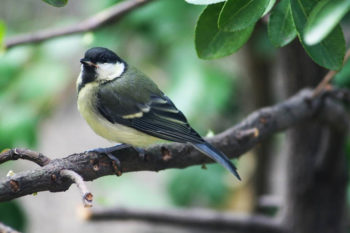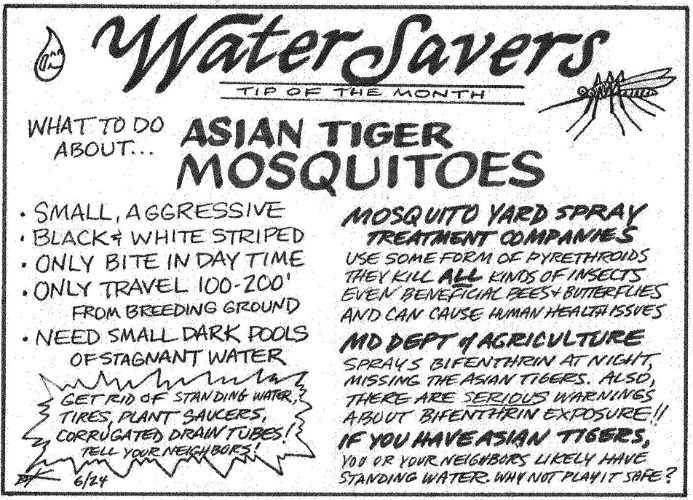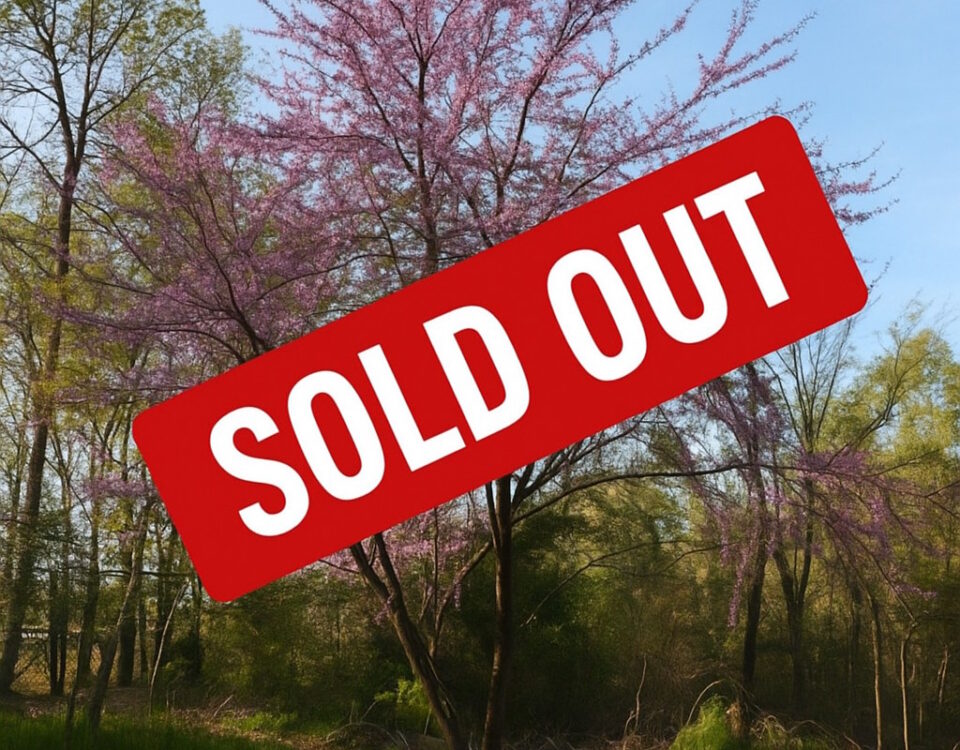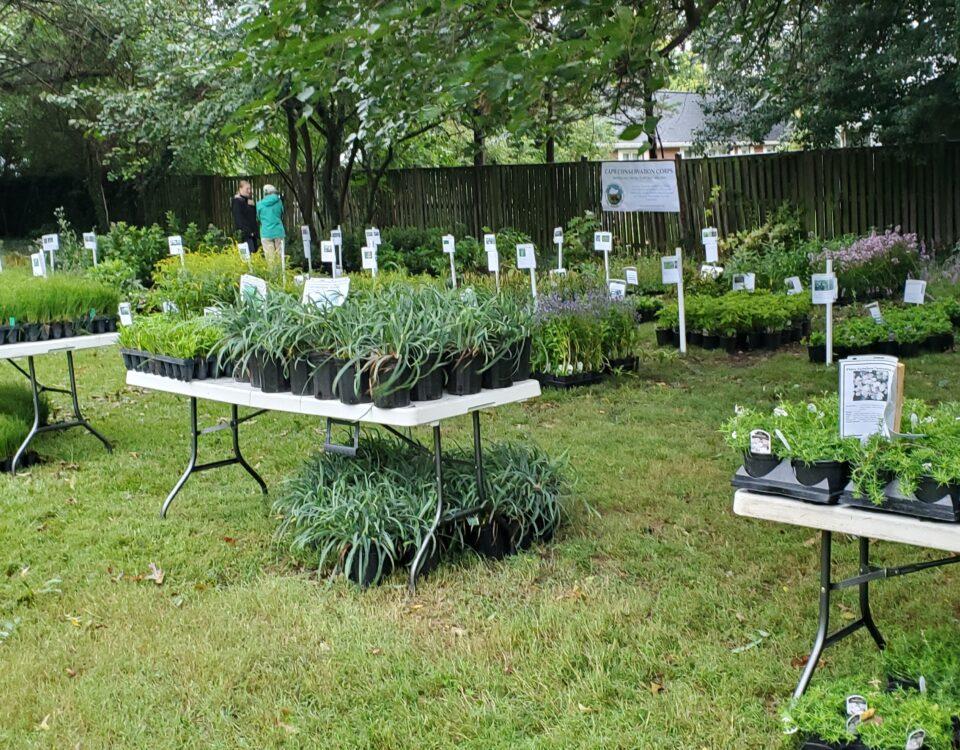
Backyard Birding
October 1, 2016These are a Few of My Favorite Books
December 7, 2016By: Stacey Wildberger – November 2016
Our community recently partnered with Biohabitats to come up with a plan to restore our beaches so that residents will be able to enjoy them for many years to come. We are fortunate to have water privileges such as community beaches, fishing piers, boat docks and the beautiful wildlife that comes with those areas. We have witnessed over the last 25 years erosion of our beaches from Lake Claire to Little Magothy to Main Beach. Now is the time to take action before the damage is irreversible.
Biohabitats presented concepts for all the sights in the community where action is needed—for a total of 7 project sites. The next step is for Biohabitats and the community to work with various state and county offices to see which of the concepts are feasible and what if any financial help we can expect to receive. The CSCIA board wants input form the community as well. The presentation from Biohabits was videotaped and is currently available for viewing on the CSCIA website. CSCIA is asking for your comments and feedback.
 One of the concepts is to have oyster cages and reefballs off the Main Beach. I recently sat down with Larry Jennings, a Cape Conservation Corps board member and oyster advocate to find out more about this intriguing concept.
One of the concepts is to have oyster cages and reefballs off the Main Beach. I recently sat down with Larry Jennings, a Cape Conservation Corps board member and oyster advocate to find out more about this intriguing concept.
What advantages would an oyster reef bring to the community?
Oyster reefs were the predominate feature of the Chesapeake Bay when Capt. John Smith first explored the area some 5 centuries ago. What is most important, is the incredible density and diversity of life that can’t exist without that foundation and which augments the filtering capacity of oysters by 150% as researched by Dr. Lisa Kellogg of VIMS. Mussels, barnacles, sea squirts and various anemones are important filter feeders that feed on different plankton in different sizes for more complete impact.
These reefs, rising up to 30 feet from the bottom, were the foundation for the incredible populations of fish that Smith described and the prime feeding areas for the predatory fish that recreational anglers pursue. The habitat is home to a multitude of species taking advantage of the nooks and crannies as they seek to avoid being eaten and where they find their own food.
 While we will not be creating new oyster reefs, by adding fields of reef balls set with oyster spat on the bottom and oyster floats on the surface, the combination will knock down the tremendous wave energy from Northeasters hitting our shores. By disrupting that wave energy, living shorelines can take root and add protective barriers to reduce erosion while also adding the habitat to improve our crab and fish populations.
While we will not be creating new oyster reefs, by adding fields of reef balls set with oyster spat on the bottom and oyster floats on the surface, the combination will knock down the tremendous wave energy from Northeasters hitting our shores. By disrupting that wave energy, living shorelines can take root and add protective barriers to reduce erosion while also adding the habitat to improve our crab and fish populations.
What if any safety and aesthetics concerns should we be aware of?
Obviously, hundreds of oyster floats anchored off the main beach will be noticeable but if we are able to place that field further offshore, their slim 8” profile above the water will fade in prominence as a feature. They will reduce our swimmers’ interaction with boats as they form a barrier to navigation.
Boats using the channel to the Little Magothy River will obviously need to stay in the channel to avoid the floats, but again, those tempted to cut the corner toward the Magothy River, will stay further away from our beach – a good thing. Given that Mother Nature demands we protect the beach or lose it completely, the standard tool is a rock breakwater that is a far greater hazard to navigation and any boater will prefer hitting a floating wire cage to rocks.
What are the plans for the cages to be taken care of?
As a community, we would want to partner with an oyster farmer to operate the aquaculture lease and keep the floats full of oysters that they would then sell to restaurants and potentially, Graul’s, so we could enjoy some oysters in our homes – great local produce, organically grown right here on the Cape.
The oyster farmer would be operating a boat to work on the production side of managing the oysters and maintaining the cages and would likely be working on them several days during the week. No terms for the financial side of this have been discussed but we have some interest individuals in the community. There is tremendous growth in the number of oyster farmers and the sale of farmed oysters in MD that were up 48% last year with another similar increase expected this year.
Are there ongoing costs or maintenance issues for the community?
From the cost side, to compare our alternatives, we’ve been told several years ago that a rock breakwall starts at $1 million and that’s why the CSCIA Board has been working on this issue for many years.
Obviously, it would cost money for the oyster farmer to buy or build the cages, the mesh bags, boat, equipment, and most likely a walk in cooler. We have many oyster farmers in MD who have done this and are now expanding their operations without any support from their community but there are also low cost loans available with very attractive terms through the MARBIDCO program that the state has set up to help them get started.
For the community, it’s likely that the costs for the oyster farm would likely be nothing after the tiny costs of securing the lease itself and the annual rental fee. There could even be positive cash or oysters flowing to the community once it is up and running.
As to the reefballs, many communities are working with students to build the reefballs as they learn about making and handling concrete and how they will be used to improve the water quality around the Cape. Another organization I work with, CCA MD, Coastal Conservation Association Maryland, is making several hundred a year, including some in Anne Arundel County. Sponsors have supported this program well and grants are also used to minimize the costs to the community for the projects.
It would be a tremendous learning opportunity for our students, led by our own national environmental award winning Broadneck High School, to engage in the sciences around bay ecology, water quality, living shorelines, vocational training in masonry, and citizen scientists monitoring our living shoreline projects.
I believe we all will be more engaged in our community as we learn more about the specifics and can take the opportunities plan the projects, learn the biology, help plant living shorelines and feel more ownership in the improvements this will make in the shorelines and waters around our Cape as we enjoy the enhanced environmental and recreational opportunities.
Thank you Larry for providing an educational look at what the oyster cages and reefballs would mean to our community and efforts to preserve the shorelines of our beaches.
We have a choice to make do nothing and continue to the kick the can the road for someone else to deal with it or take responsibility as stewards of the land and make a difference now so that future generations will continue to enjoy the amenities our community has to offer. In the words of Aldo Leopold, conservationist, ecologist, and environmental philosopher “We abuse land because we regard it as a commodity belonging to us. When we see land as a community to which we belong, we may begin to use it with love and respect” -A Sand County Almanac (1949)





